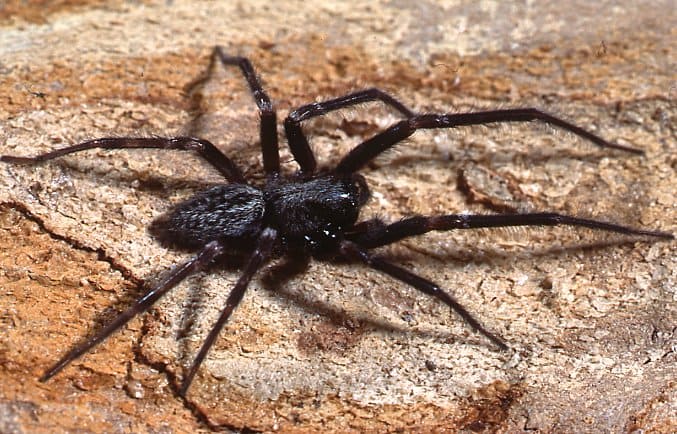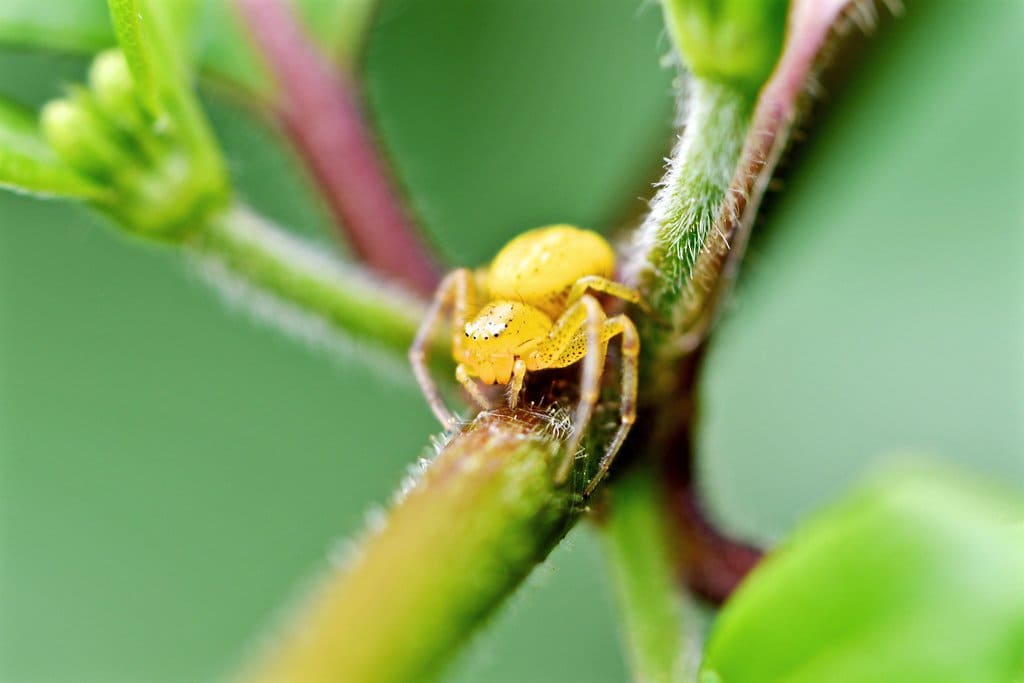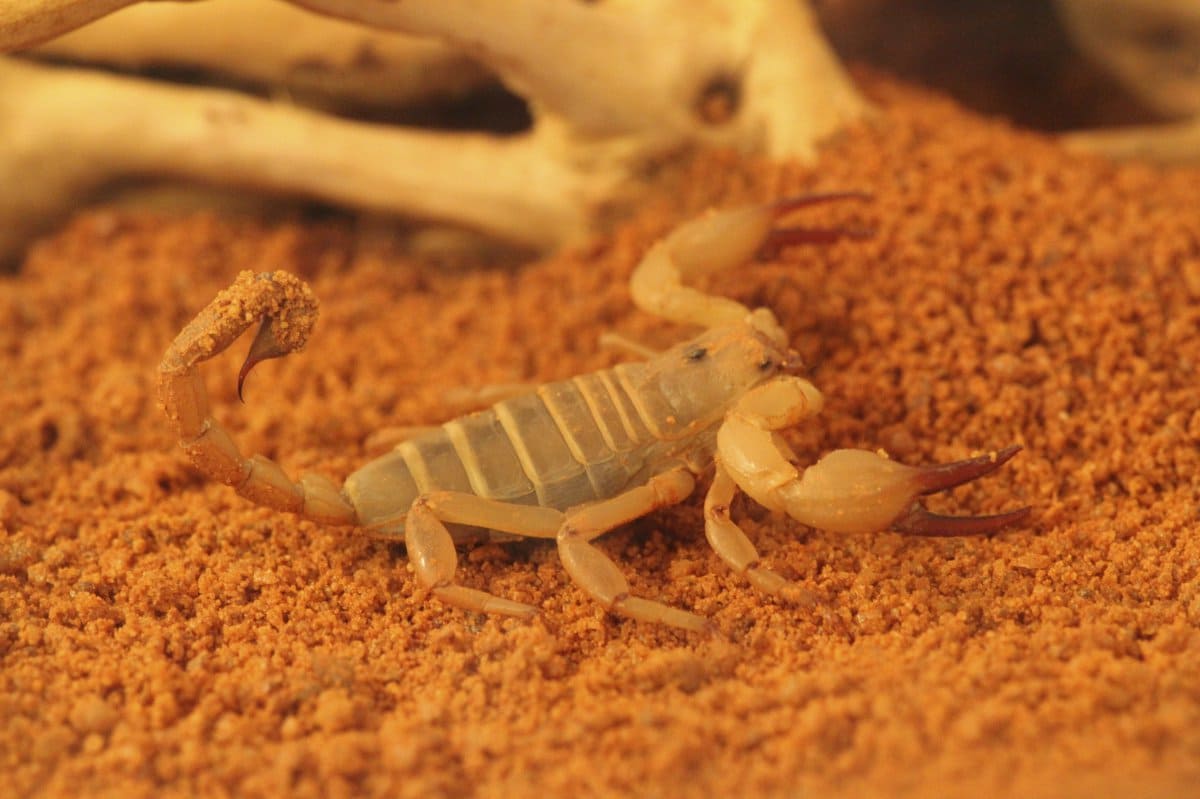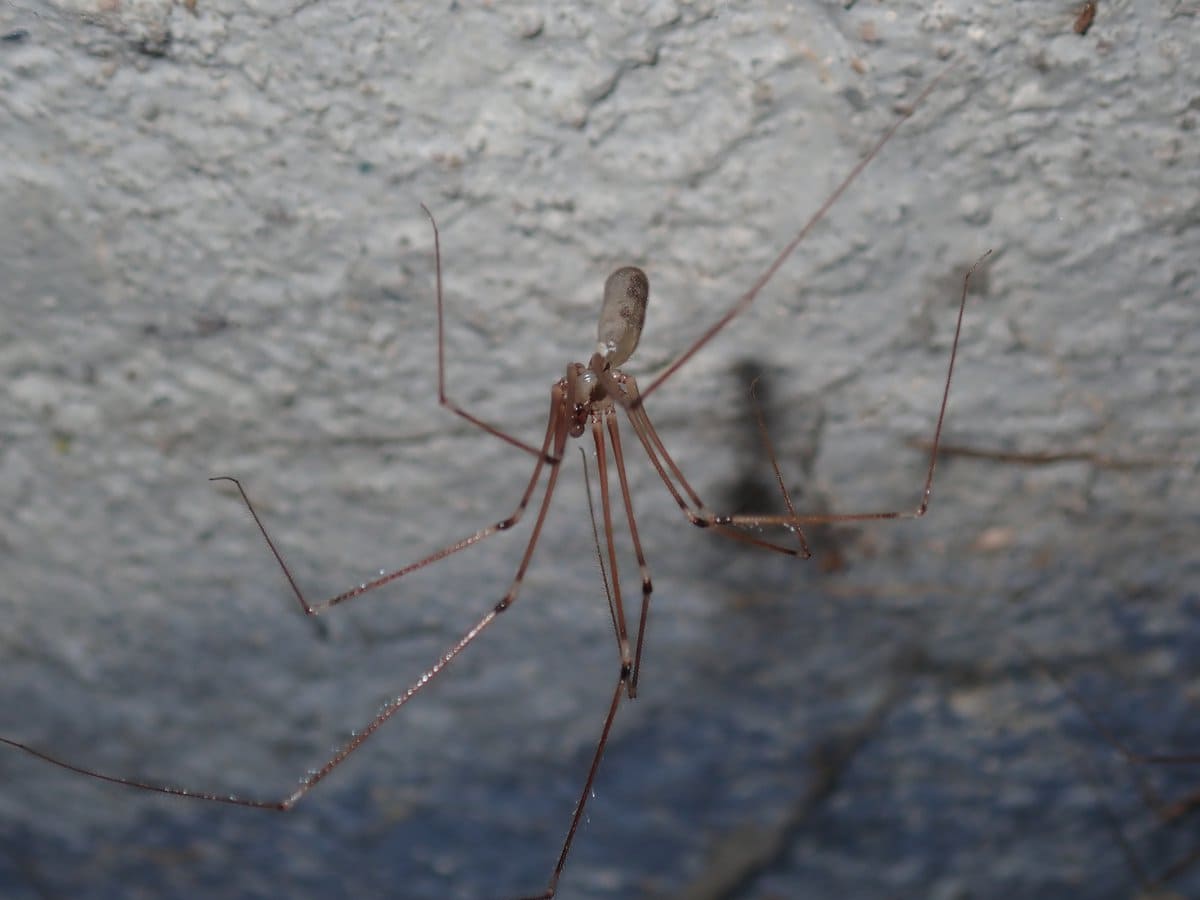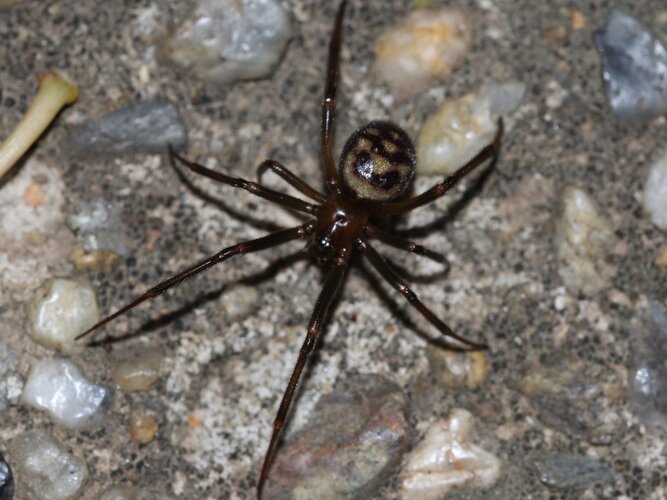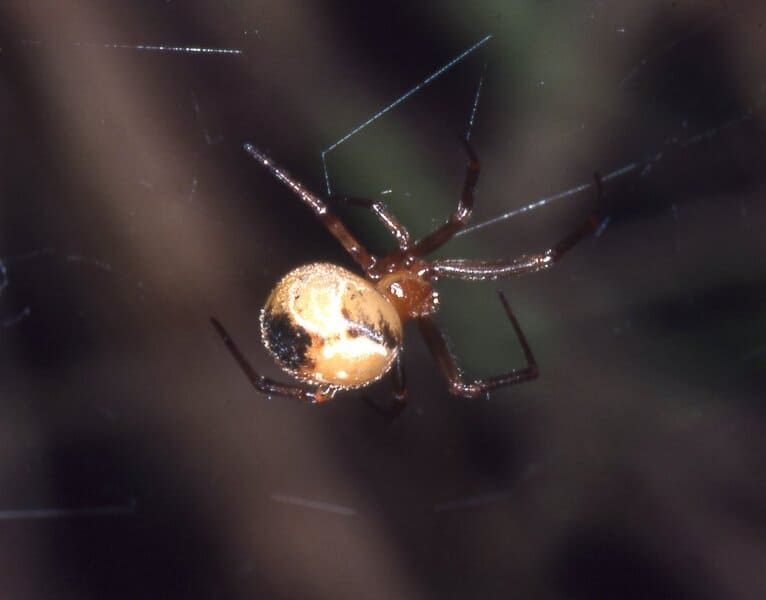Black House Spider
IUCN
LCBasic Information
Scientific classification
- name:Black House Spider
- Scientific Name:Badumna insignis
- Outline:Arthropoda
- Family:Desidae Badumna
Vital signs
- length:Females 14–18 mm; males 10–12 mm (excl. legs)
- Weight:Small–medium spider; varies with individual
- lifetime:About 1–2 years; females often longer
Feature
Nocturnal; urban‑tolerant; cribellate woolly silk tangled sheet + funnel retreat; exploits light‑attracted insects.
Distribution and Habitat
Australia (native) and New Zealand (introduced); eaves, frames, bark crevices, timber and rock walls in urban/suburban sites.
Appearance
Dark brown to blackish; pale setae/markings on carapace; mottled abdomen; messy sheet web with tubular retreat.
Details
The Black House Spider (Badumna insignis) is a desid spider native to Australia, frequently found around eaves, window frames, door gaps, fences and bark crevices. It is a web‑building ambush predator that spins cribellate, woolly silk forming a tangled sheet with a tubular/funnel retreat, from which it intercepts prey.
Ecology & Biology
Activity: mainly nocturnal; often constructs webs near lights to catch moths and mosquitoes.
Diet: moths, midges, mosquitoes and beetles. The web is non‑sticky; capture relies on the hackled cribellate fibers entangling prey.
Reproduction: females build and guard egg sacs near the retreat; spiderlings disperse around the maternal web.
Identification
Body length: females 14–18 mm; males 10–12 mm (excluding legspan).
Colour: overall dark brown to blackish; carapace with pale setae and fine markings; abdomen mottled darker.
Silk/web: possesses a cribellum and calamistrum to produce woolly cribellate silk; web a messy sheet leading to a tubular retreat.
Range & Habitat
Native and widespread in Australia; introduced to New Zealand and recorded in other regions. Common in urban/suburban sites on walls, frames, timber piles, rock walls and under bark.
People & Safety
Medical relevance: generally low to moderate; bites cause local pain and swelling. It is not related to the medically significant Australian funnel‑web spiders (Atracidae).
Advice: fit screens, reduce night‑lighting or insect attraction, and remove old webs; relocate spiders gently with a cup‑and‑card.
IUCN: Not Evaluated (NE).
FAQ
Q1. Do they attack people? No—typically reclusive inside the retreat; bites occur only when provoked or trapped.
Q2. Related to dangerous funnel‑webs? No. Black house spiders are Desidae, much smaller with different web structure and far lower medical importance.
Q3. How to prevent indoors? Maintain screens, reduce light spill, clean frames and old webs to lower insect attraction.
Q4. What to do after a bite? Wash, apply a cold pack and monitor; seek medical advice if symptoms persist.

